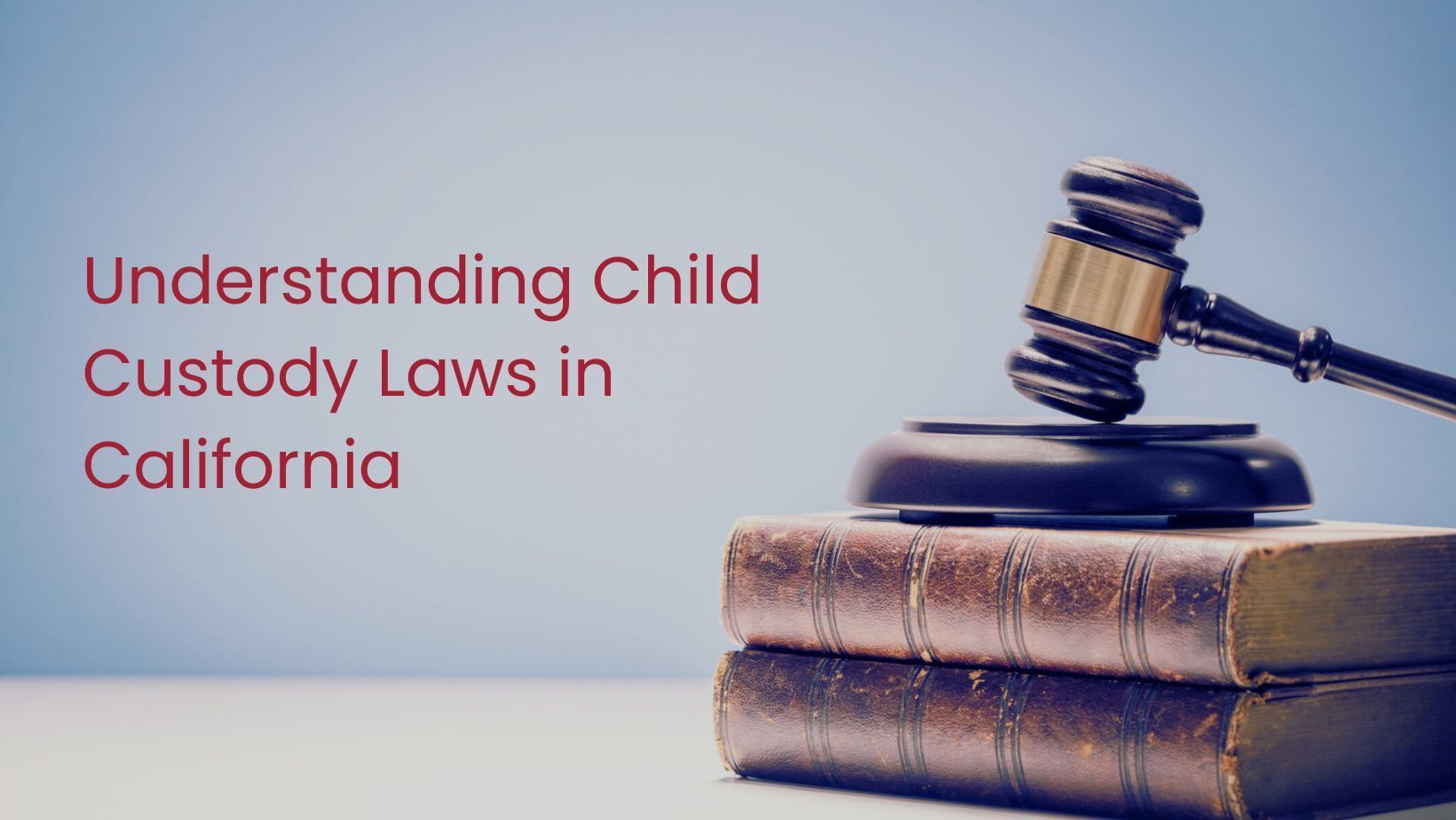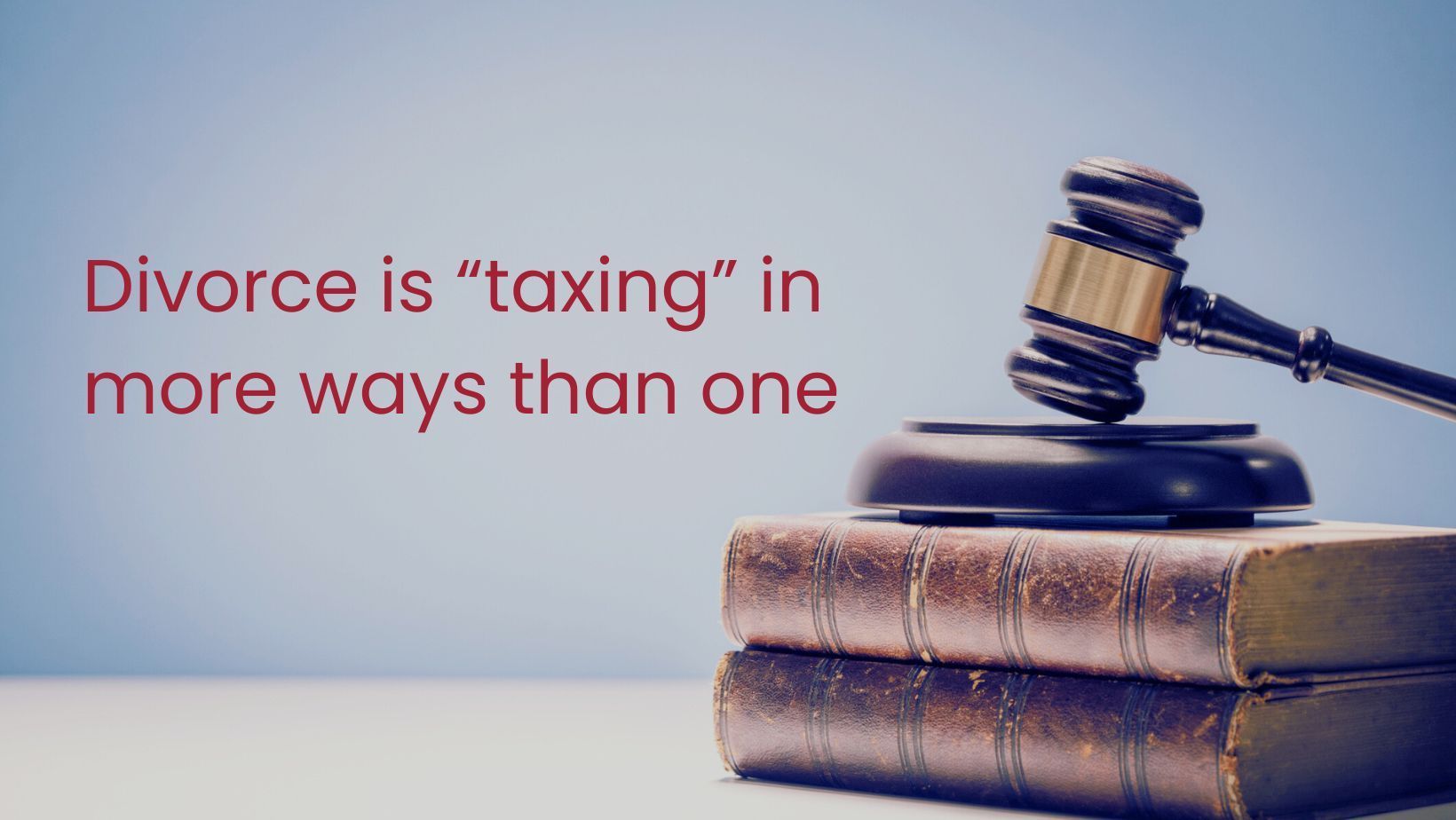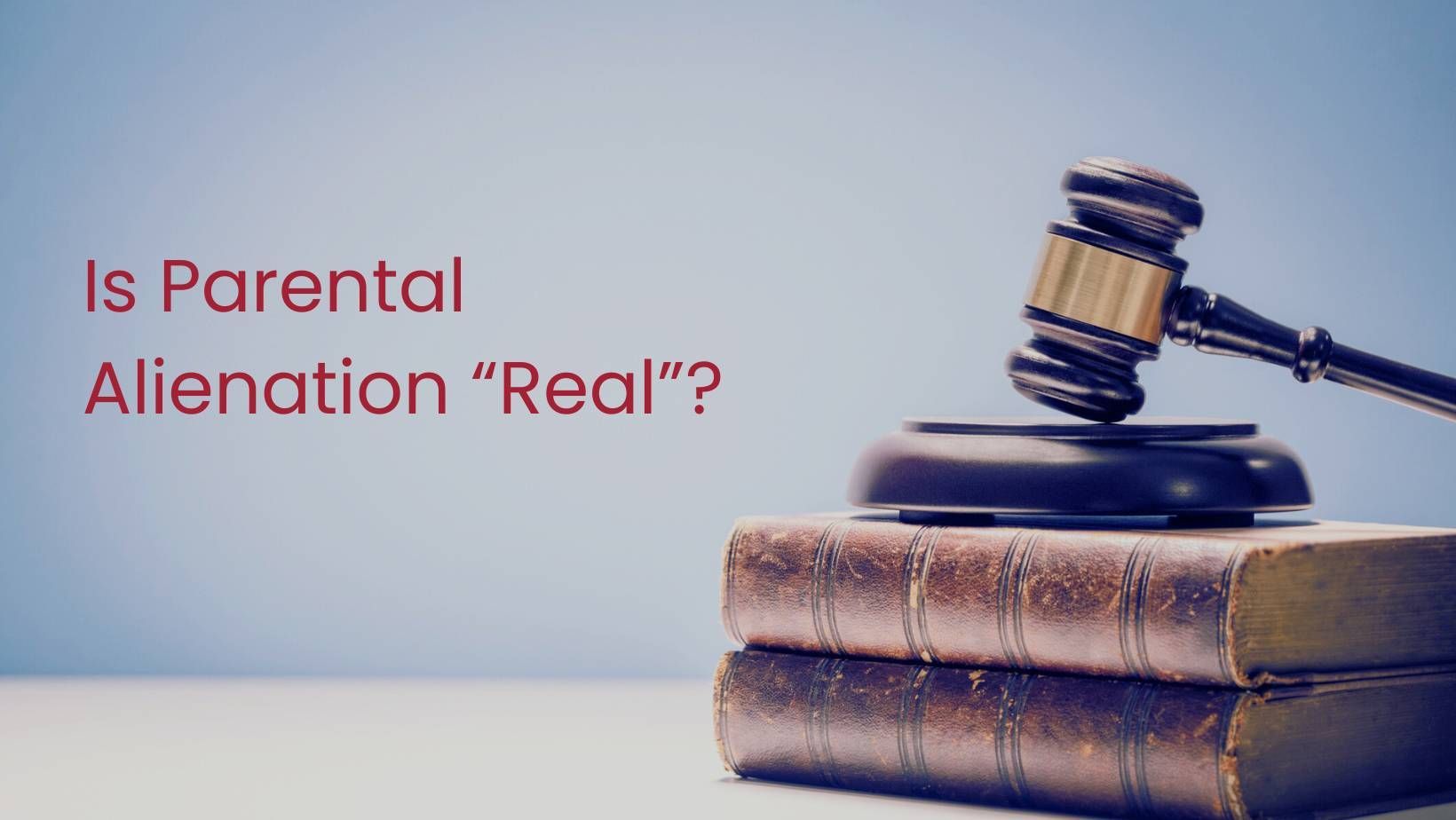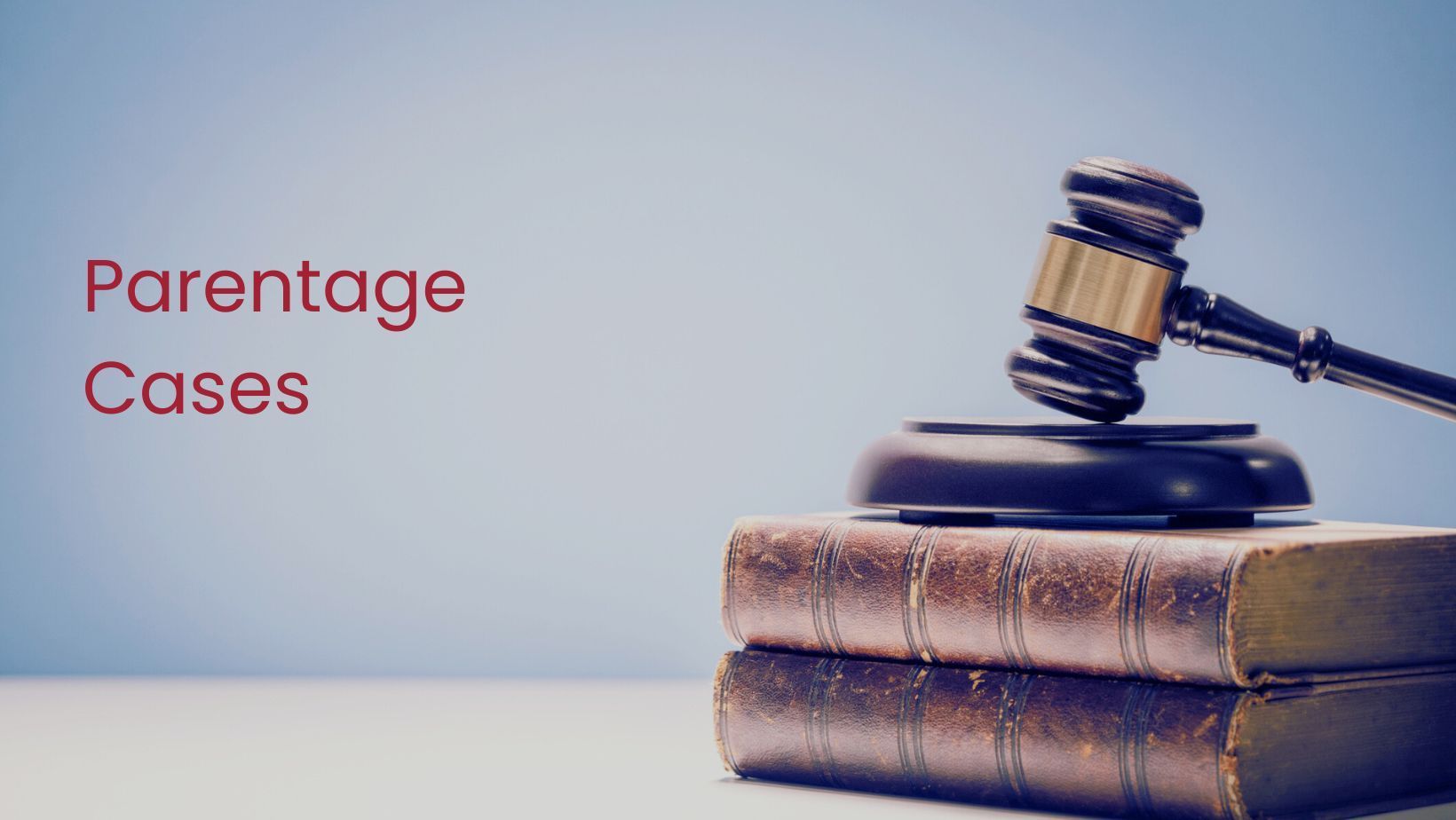Understanding Child Custody Laws in California
- By Daniel Gold
- •
- 06 May, 2024
- •

Navigating through a separation or divorce can be emotionally challenging, especially when children are involved. Having practiced law for three decades, custody can take a serious emotional and financial toll.
A basic understanding child custody laws is crucial for parents who wish to make informed decisions about the upbringing and welfare of their children. California’s child custody laws aim to protect the best interests of the child, a standard that guides all decisions related to custody and visitation.
While all parents believe they have the child’s best interest at heart, the toxic emotions released in the breakup of two intimate partners tend to distort reality making the children a projection of their own needs.
Here are some basic concepts:
Types of Child Custody in California
Legal Custody
Legal custody refers to the right to make important decisions about a child's health, education, and welfare. Generally, Parents can have joint legal custody, where both parents share the decision-making responsibilities, or sole legal custody, where only one parent has the authority to make major decisions about the child's life. This is a basic definition, and you should consult with seasoned family law counsel for a more nuanced interpretation.
Physical Custody
Physical custody determines with whom the child will live. Joint physical custody means that the child lives with both parents, although not necessarily on a 50/50 basis. Sole physical custody means that the child resides with one parent most of the time and typically visits the other parent. Again, as with legal custody, this is a basic definition, and you should consult with seasoned family law counsel for a more nuanced interpretation.
Deciding Factors in Child Custody Cases
When determining child custody, the court is bound to consider the child’s best interests. This is a balancing of two sub-issues. One, ensuring the child’s frequent and continuing contact with both parents and two, ensuring that the custodial plan protects the child’ health safety and welfare. In balancing these concerns, California courts consider several factors.
These factors include:
- The age and health of the child,
- Emotional ties between the parents and the child,
- The ability of the parents to care for the child,
- Any history of family violence or substance abuse, and
- The child’s ties to school, home, and community.
The court may also consider the child's preference if they are mature enough to make an informed opinion.
Child Custody Modifications
Custody orders
may be modified if a significant change in circumstances occurs. This ensures that the custody arrangement continues to meet the needs of the child as their circumstances change.
Conclusion:
Navigating child custody laws can be complex and emotionally draining. Understanding your rights and responsibilities as a parent can help you make the best decisions for your child's well-being. If you are facing a custody battle or need guidance on family law issues, consider speaking with a knowledgeable attorney at TLD Law. Our specialists are here to help you with personalized advice tailored to your unique situation.
Call:
949-756-0684
Email:
dgold@tldlaw.com
Disclaimer
This blog provides a general overview of child custody laws in California. It is not intended to be, nor should it be construed as legal advice for any particular situation. For specific advice, please consult TLD Law or your personal attorney.

Divorce brings significant changes to your financial situation, and understanding the tax implications is crucial to avoid unexpected liabilities and maximize your financial health. From filing status to the division of assets, knowing how divorce impacts your taxes can help you plan effectively for your post-divorce life.

Grandparents can seek custody or visitation in California, but the process is not straightforward. Courts prioritize the child’s best interests while balancing parental rights, so proving that grandparents’ involvement is necessary requires careful legal navigation. For personalized advice and assistance with grandparents’ rights, contact me for expert guidance.

It is striking how far things have some since I was sworn in as an attorney in 1993. I remember the “dawn” of domestic partnerships in California and its evolution to becoming something akin to marriage “lite”; when many other states, and the Federal government did not choose to give legal recognition to same sex relationships.How far things have come since those early days.







